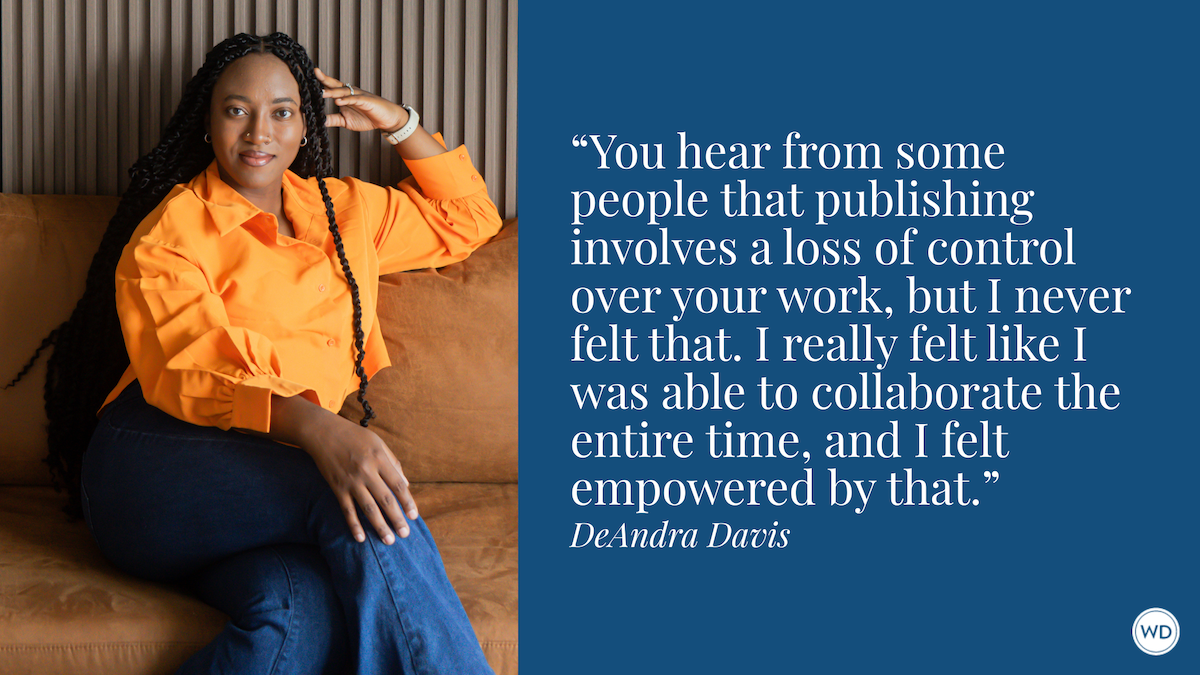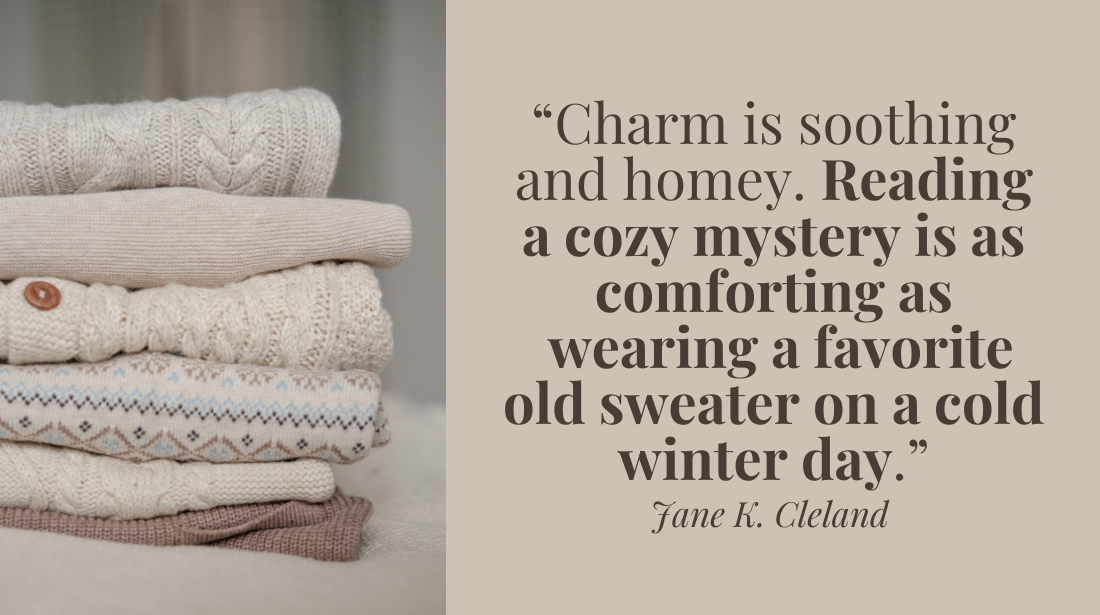Why Write About a Writer: Telling the Story of Lucy Maud Montgomery
Author Logan Steiner shares what drove her to write a novelization of an actual author—Lucy Maud Montgomery—including her successes and struggles.
When I set out to write my first novel, I knew I wanted to unearth the hows and whys of a single person’s creative life because these are the stories I hunger for in my hardest hours. It never stops being scary to put myself out there in the world creatively, and it helps to know I’m not alone—that many of my favorite writers faced the same fears.
This means I like to uncover the story behind the story: what ignited and kept sparking an author’s creative flame, and also what threatened that flame. I am less interested in the successful headlines of an author’s life in isolation. No life is made solely of fame and good fortune, and when we tell only those parts of the story, I think we can kill inspiration. Without mentioning the struggles along the way, stories of success become less relatable.
At least this is true for me. Hearing about fame and success convinces me I will never have what it takes. Hearing about a full life, with all its challenges and false starts and needed perseverance, makes me believe I may as well try. This means that I am not only interested in what an author overcame, but also what they could not overcome.
And so I set out to tell the story of the life of one of my favorite authors Lucy Maud Montgomery—Maud to her friends. Early research showed that Maud’s story had depth and fascination well beyond her public persona as world-famous Canadian novelist and creator of the redheaded spitfire Anne of Green Gables, who has endeared herself to millions.
Order a copy of After Anne by Logan Steiner today.
[WD uses affiliate links.]
I grounded my understanding of Maud’s life in deep research, but I decided early on that I wanted to write in novel form, with the benefit of dialogue, to help readers feel the emotional truths of Maud’s life. I had also never written a novel. Who was I, an unknown author, to tell the story of a famous one?
When I set out to write, I didn’t realize how few novels have been written about the lives of well-known female authors. There are excellent novelizations of the wives of famous authors, like Paula McClain’s The Paris Wife and Therese Anne Fowler’s Z: A Novel of Zelda Fitzgerald (a writer in her own right, but overshadowed by her husband).
And there are plenty of wonderful novelizations of the lives of male authors, like Jay Parini’s The Last Station: A Novel of Tolstoy’s Final Year, Colm Toibin’s The Master about Henry James, and Paul Hendrickson’s Hemingway’s Boat. Are the lives of famous female writers thought of too sacrosanct to be re-imagined, their inner emotions explored in novel form?
Maud’s story drew me in precisely because of her deep inner emotional life and how she grappled with the challenges she faced. Maud didn’t have the support of involved parents. Her mother died before her second birthday, and her grief-stricken father left her in the care of her maternal grandparents. Those grandparents discouraged Maud’s creative dreams, shaking their heads and telling her to focus on marriage.
She lost her cousin and most supportive friend in mid-life, and her husband’s mental-health struggles began shortly thereafter, a catalyst to Maud’s own. Through it all, and up until the end of her life, Maud kept writing, ultimately publishing 20 novels, hundreds of short stories and poems, and, posthumously, a set of illuminating journals.
By telling the story of the hard as well as the good in Maud’s life—with the imaginative possibilities that novelizations allow—I strove to hold a creative life up to the light and humanize it, in all its pain and splendor. My deepest hope is that Maud’s story inspires creative risk-taking by celebrating the whole, complex person she was—fearful like the rest of us, with more than her fair share of struggles, yet perpetually casting the beam of her creative energy on all that she found beautiful and interesting in the world.
Logan Steiner is a lawyer by day and a writer by baby bedtime. Her writing explores motherhood and the creative life—two things she once thought could never happily coexist. Logan also writes a Substack newsletter called The Motherhood Question. After graduating from Pomona College and Harvard Law School, Logan clerked for three federal judges, spent six years in Big Law, and served for three years as an Assistant United States Attorney. She now specializes in brief writing at a boutique law firm. Logan lives in Denver with her husband, daughter, and the cranky old man of the house, a Russian Blue cat named Taggart. To learn more please visit www.logansteiner.com








